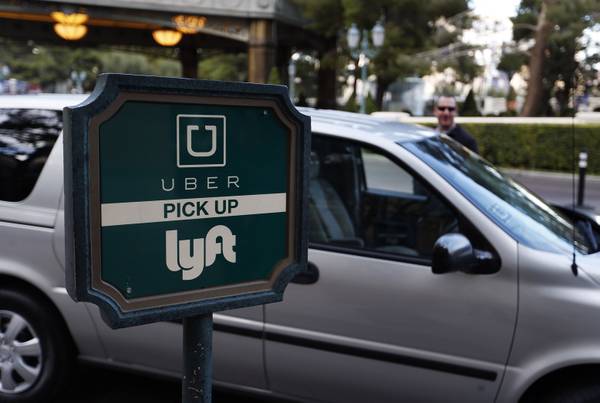Last week, the Associated Press reported that Uber and Lyft could actually make traffic worse, not better. Researchers in Boston found that the convenience and low cost of ride-hailing led commuters to choose it over mass transit, biking or walking.
Could the same be true in Las Vegas? The Nevada Department of Transportation doesn’t think so. Officials have seen improved traffic conditions since Uber and Lyft have become ubiquitous in Las Vegas. Fatal vehicle crashes decreased by 3.5 percent last year, even as visitor numbers and miles traveled increased, according to NDOT. It’s too soon to say if ride-hailing has directly reduced impaired driving, but improved safety is always a positive.
Why the difference between the results in Boston and Las Vegas? Perhaps it’s because Las Vegas is already such a car town. People here are trading personal cars for ride-hailing, not giving up subway passes.
Not everybody agrees with NDOT’s traffic assessment. One taxi driver says that he stopped working weekends because Uber and Lyft make traffic worse and the roads more dangerous.
“Getting in and out of casinos at any entrance is is a struggle,” he says, citing frequent stops by Uber and Lyft drivers for pick-ups, drop-offs and to check their apps for details. “I don't like … their unsafe driving practice of keeping their noses buried in their smartphones planted on their windshields. There are drivers on Las Vegas Boulevard who drive around at 10 to 20 mph while they monitor their smartphones for details on their next pick-up.”
Either way, NDOT is bullish on the future of ride-hailing in Las Vegas. “We view ride-hailing as the evolution of carpooling, carrying more people using fewer cars for better air quality, fuel savings and reduced vehicle wear-and-tear,” says Tony Illia, a spokesman for NDOT. “It’s safer and less stressful, too, with fewer cars cutting in-and-out.”
This story originally appeared in the Las Vegas Weekly.

